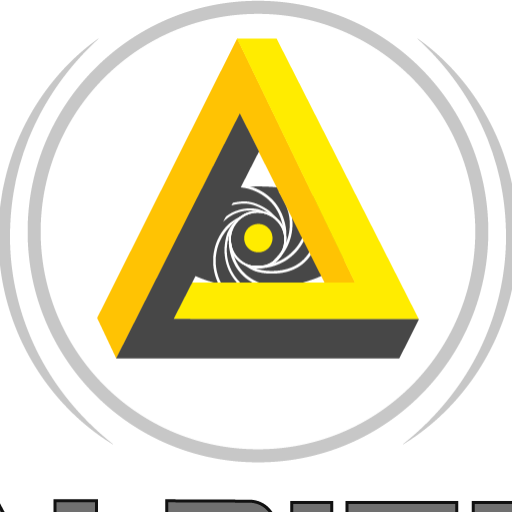In the vast realm of web design, first impressions matter immensely. Your website’s visual hierarchy plays a pivotal role in shaping these first impressions and can significantly impact the overall user experience. Visual hierarchy is all about arranging and presenting elements on a webpage in a way that guides the user’s eye, communicates the content’s importance, and ultimately influences their actions. In this article, we’ll explore the key principles and techniques that make visual hierarchy a potent tool in web design.
Why Visual Hierarchy Matters
Visual hierarchy is crucial for several reasons:
- User Engagement: A well-structured visual hierarchy captures the user’s attention and keeps them engaged. It ensures that the most important content is noticed first.
- Information Flow: It helps users navigate the website seamlessly. When done correctly, it leads visitors through the content, making it easy to find what they’re looking for.
- Branding: Visual hierarchy contributes to a website’s brand identity. Consistent use of design elements like color, typography, and imagery reinforces brand recognition.
- Conversions: If your goal is to convert visitors into customers, subscribers, or leads, visual hierarchy can guide users toward the desired actions, such as filling out a form or making a purchase.
Key Elements of Visual Hierarchy
- Typography: The use of headings, subheadings, and body text in various font sizes and styles can draw attention to important content. For instance, a larger, bold headline will naturally stand out more than regular body text.
- Color: Color choices play a significant role in visual hierarchy. Vibrant or contrasting colors can be used for key elements, like buttons or call-to-action (CTA) buttons, making them visually prominent.
- Whitespace: Adequate white space, or negative space, is essential for separating and highlighting elements. It gives the eye room to breathe and focuses the user’s attention on specific content.
- Size and Scale: Larger elements are perceived as more important. Using different sizes and scales for elements can guide the user’s eye.
- Contrast: High contrast between an element and its surroundings can draw attention. For example, a bright CTA button on a dark background stands out.
- Alignment: Consistent alignment of elements helps users understand the organization of content and creates a sense of order.
Techniques to Implement Visual Hierarchy
- F-Pattern and Z-Pattern Layouts: People tend to scan content in an “F” or “Z” pattern, so design your page accordingly, placing important content along these paths.
- Grid Systems: Using a grid system helps maintain consistency and alignment throughout your design.
- Progressive Disclosure: Instead of overwhelming users with information, reveal content progressively. Start with the most crucial information, and let users dig deeper if they desire.
- Navigation Menus: Clearly structure your navigation menus to help users find what they’re looking for quickly. Primary and secondary menus can signify content importance.
- Visual Cues: Use arrows, icons, or images to guide the user’s gaze towards specific content or actions.
- A/B Testing: Continuously test and refine your design to find the optimal visual hierarchy that resonates with your audience and achieves your goals.
In conclusion, the power of visual hierarchy in web design lies in its ability to create a seamless and engaging user experience. By strategically arranging elements on your webpage, you can influence user behavior, convey your brand’s message, and ultimately achieve your website’s objectives. Understanding and implementing these principles can be a game-changer for your web design projects, making your site more effective and user-friendly.


Add a Comment